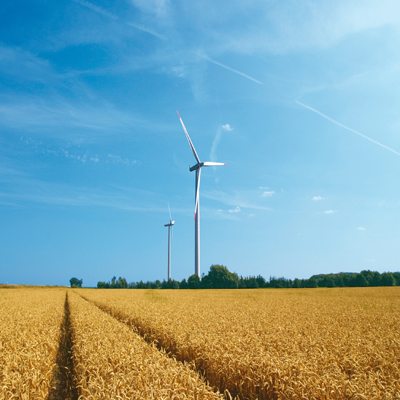Denmark secured half of its national power supply from wind and solar in 2019, driven almost entirely by wind energy, which provided 47% of Danish power consumption.
The milestone was highlighted by Energinet, an independent public enterprise owned by the Danish Ministry of Climate, Energy and Utilities which owns, operates, and develops the transmission systems for electricity and natural gas in Denmark.
Energinet hosts a live monitoring of the Danish energy system, and announced on its Twitter account on January 2 that 50% of Danish electricity consumption was supplied by wind and solar – hailing the milestone as a significant step in the transformation of the country’s energy system.
It’s a level of variable renewable energy that is matched only by South Australia in terms of major economies. South Australia sourced around 55 per cent of its electricity needs from wind and solar in 2019, and its Liberal government aims for “net 100 per cent” renewables by around 2030.
Unsurprisingly, then, given the country’s natural resources, 47% of Danish power consumption in 2019 came from wind, with another 3% coming from solar.
The 2019 share of wind energy in Denmark’s power system beat out the previous record of 43% set in 2017, and has been significantly bolstered by the country’s target of reducing its emissions by 70% by 2030, a law which was signed into law late 2019.
Denmark has also begun exploring the possibility of developing mammoth 10GW offshore wind energy islands which would provide power not only to as many as 10 million Danish homes per energy island, but could also distribute power to neighbouring countries.
“It is a huge project,” said Denmark’s climate and energy minister, Dan Jørgensen, speaking in December.
“We need to build more than five times as much capacity as we have today. We need a sensible and ambitious plan for expansion. Therefore, we are now engaged in preliminary studies.
“Offshore wind is central to the green transition,” Jørgensen added. “If we seriously need to realise the enormous potential of offshore wind holds, so we must develop tomorrow’s technologies to transform the green power fuel for aircraft, ships and industry.”











